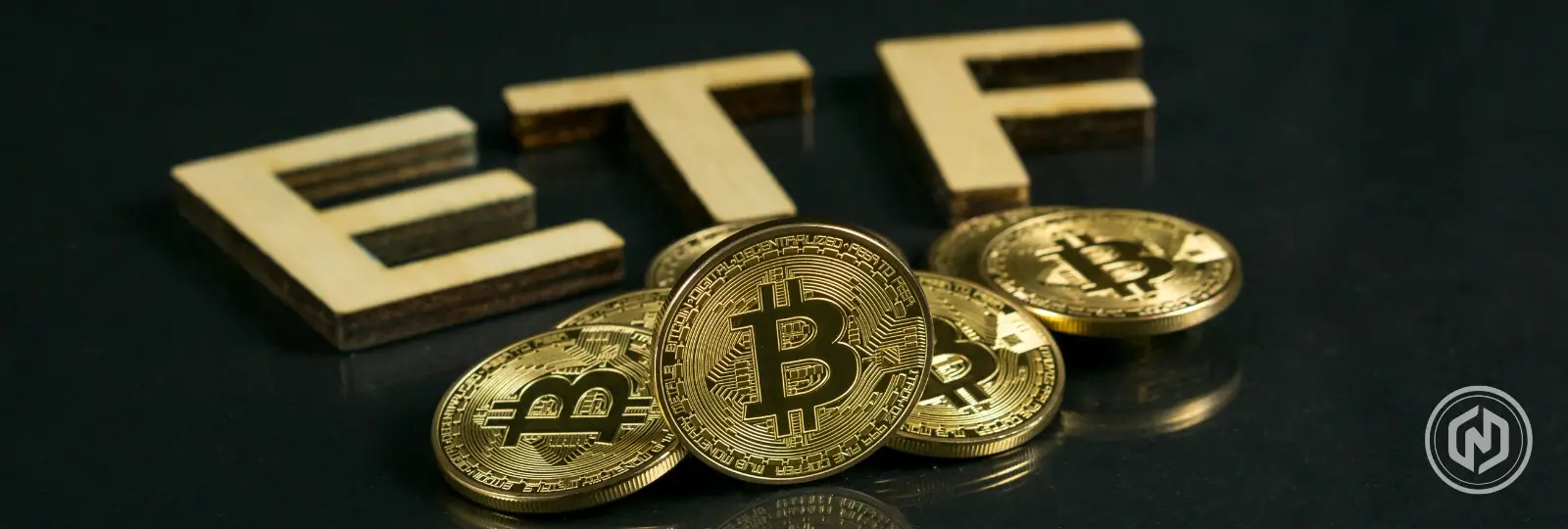On July 22, 2024, the inflow in Spot Bitcoin ETF breached the market of $500 million. It closed at $533.6 million, with only HODL registering an outflow of $38.4 million. IBIT dominated the share with a total of $526.7 million worth of positive flows. It charges a 0.21% fee, whereas HODL charges 0.20%.
The most recent trend of net inflows started on July 5, 2024, when every BTC ETF issuer, except GBTC, banked an inflow to their name. The total was as high as $143.1 million. GBTC had an outflow of $28.6 million, and FBTC had the highest inflow of $117.4 million. After three days, the chart nearly doubled the figure. The aggregated net inflow came to $294.8 million on July 8, 2024.
It did lose momentum on July 11, 2024, with a net inflow of $78.9 million, but it remained positive. That was the third consecutive day for GBTC ETF to register an outflow. The fire, specifically for that day, was $37.7 million. IBIT reportedly lagged with just $72.1 million. It was on July 16, 2024, that the excitement surged significantly. The Spot Bitcoin ETF exceeded the $400 million mark, with IBIT leading the charge at $260.2 million.
On July 19, 2024, the net inflow once again reportedly moved beyond $400 million, with IBIT hanging right there at the top.
By July 22, 2024, the Spot Bitcoin ETF had continued to build on its momentum. Overall net inflow now stands at $17 billion, courtesy of consistent inflows and the growing demand for regulated crypto investment vehicles. This has paved the way for Spot Ether ETF to take advantage of the ongoing momentum. The US SEC has granted final approval to ETH’s regulated investment vehicle, indicating its imminent arrival on the trading floor.
Experts predict that Ether ETF will surpass Bitcoin ETF in the initial 18 months. The target for Ethereum’s ETF product is $18 billion, which is fairly competitive considering it took less than a year for Bitcoin to reach $17 billion. Crypto ETFs are already experiencing a surge in popularity. All Ether ETF needs to do is proceed with its development; however, the fees charged by issuers will play a crucial role in this process.
The majority of them have established fees within a reasonable range; specifically for the Spot Bitcoin ETF. Meaning, issuers are less likely to hamper those numbers and keep fees the same for ETH.
As for Spot Bitcoin ETF, it now has an average of $133.2 million in net inflows, with a maximum of $1,045 million and a minimum of -$563.7 million (outflows). Initially, the Bitcoin ETF product was slow to gain momentum. It was approved in January 2024; however, only in mid-March this year did the graph begin to follow an upward trajectory.

